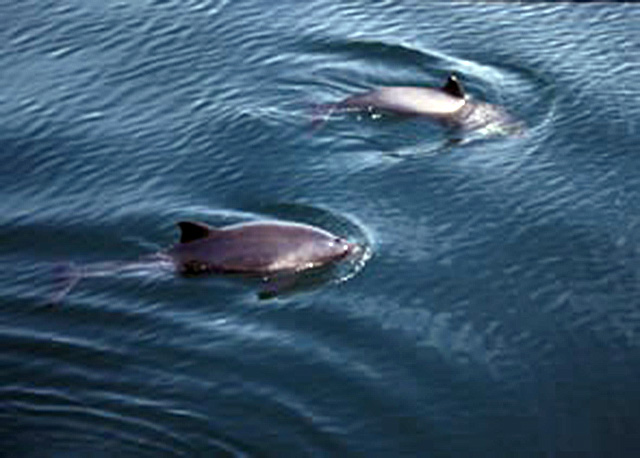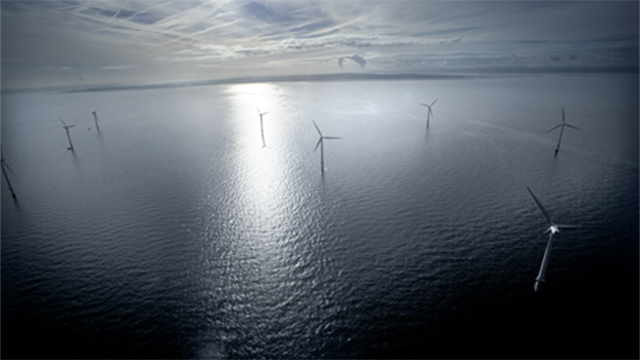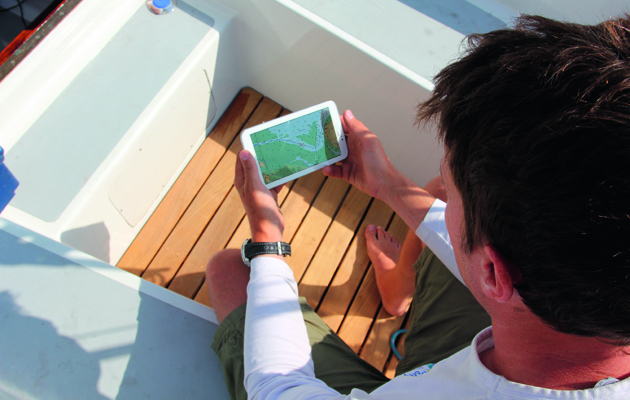Permission granted for eight three-bladed horizontal axis wind turbine generators
The Scottish government has granted a planning consent for the eight-turbine Kincardine floating wind farm located around 15 kilometres south-east of Aberdeen.
The floating wind farm project is expected to support the creation of around 110 jobs during assembly, installation and through ongoing operations and maintenance activities, the Scottish government said.
World-leading innovation
The Kincardine wind farm has a permitted generating capacity of up to 50MW and will be comprised of eight three-bladed horizontal axis wind turbine generators.
Paul Wheelhouse, Scotland’s Minister for Business, Innovation and Energy, said that the project will further cement the country’s position as one of the world’s leading nations in the innovation and deployment of floating offshore wind.
‘If the technology can be demonstrated at scale, it has huge potential to help Scotland meet its energy needs and to develop a supply chain that can service opportunities elsewhere in Europe and in markets such as South East Asia and North America,” Minister Wheelhouse said.
‘With 25% of Europe’s offshore wind potential, and through development with due regard to our natural environment, Scotland is uniquely and strongly positioned to maximise the economic and environmental benefits that the technology can deliver, which will help us progress towards our carbon emission reduction targets,’ he added.
How it will work
The floating wind farm is being developed by Kincardine Offshore Windfarm Limited, a joint venture between Pilot Offshore Renewables and Atkins.
The project does not feature an offshore substation, as the wind turbines would be connected directly to the grid at Redmoss onshore substation via two transmission lines.
RYA position
The Royal Yachting Association (RYA) continues to monitor the developments in Round 3 wind farms and Round 2 extensions in order to assess their potential impact.
A spokesman said: ‘Our intent is to ensure that developers fully understand, and take account of, recreational boating activity and we meet regularly with all the developers to discuss navigational safety.’
Wind farm plans delayed by harbour porpoises
Plans for the world’s biggest offshore wind farm have been hampered by fears that the noise of construction will disturb…
Ship damaged following wind farm collision
The OMS Pollux collided with a pile supporting a turbine off the coast of Cumbria and began leaking diesel
Wind farm construction to begin off Sussex coast
The Rampion project is set to become the first offshore wind farm off the south coast of England.
Liverpool Bay wind farm to quadruple in size
DONG Energy is adding 32 more turbines to the existing 25 at Burbo Bank in Liverpool Bay, in an extension…
Vattenfall proposes extension to Thanet offshore wind farm
The Crown Estate has received a request from Vattenfall to explore the award of rights for an extension to Thanet…
14 iPad and Android navigation apps tested
Gear test following an explosion in the number of marine navigation apps available for iPad and Android devices in the…
Latest hazard to Thames navigation
David Walliams swimming river for Sport Relief
Nav in a nutshell: Making comfortable progress to windward
Why make heavy going in choppy conditions when a less demanding alternative heading will get you to your destination in…
Navtex: obsolete or essential?
Has Navtex been superseded by smartphones and the internet, or does it still have a role in modern sailing?
Potential game changer for the wind energy market
A £5million boost for Britain’s Kite Power Systems' kite power technology, which has the potential to transform the global offshore…
Nav in a nutshell: Navigate with radar
Dick Everitt gives us a clear picture of the advantages to be gained from using radar to check our navigation















